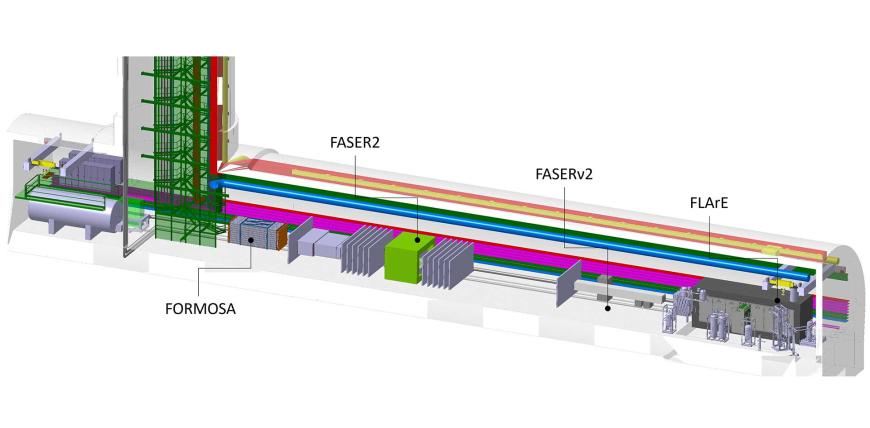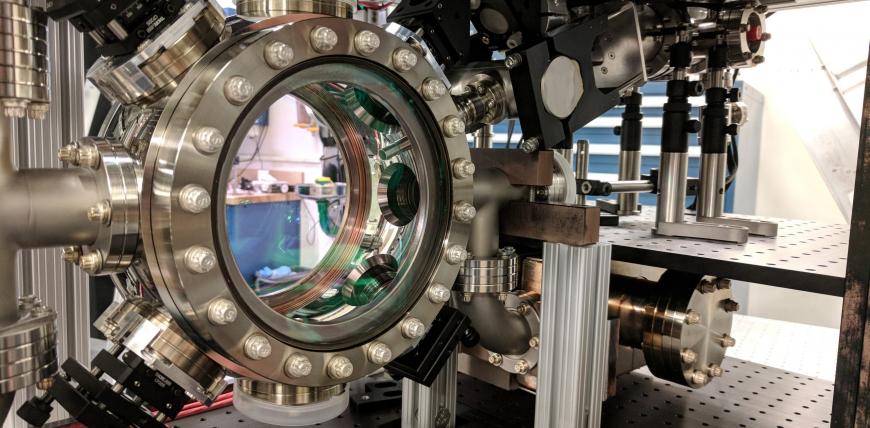
AION/Magis
Atom interferometry to search for ultra light dark matter and gravitational waves.
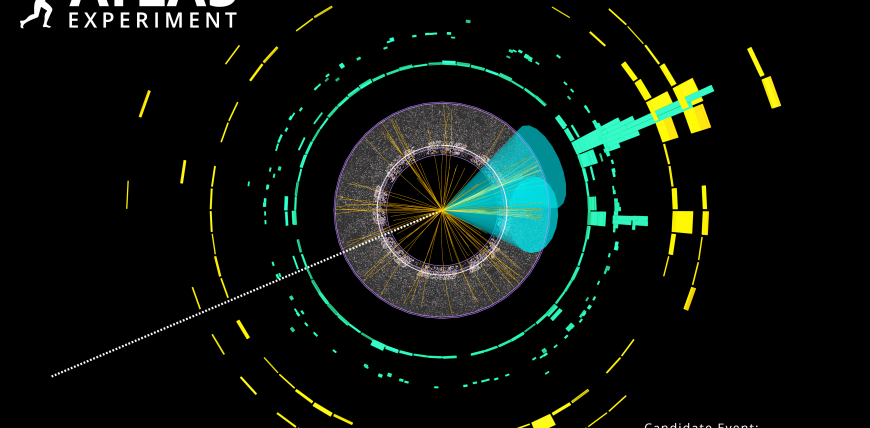
ATLAS
ATLAS, the largest collider detector ever built, fully exploiting the discovery potential of the Large Hadron Collider at CERN.

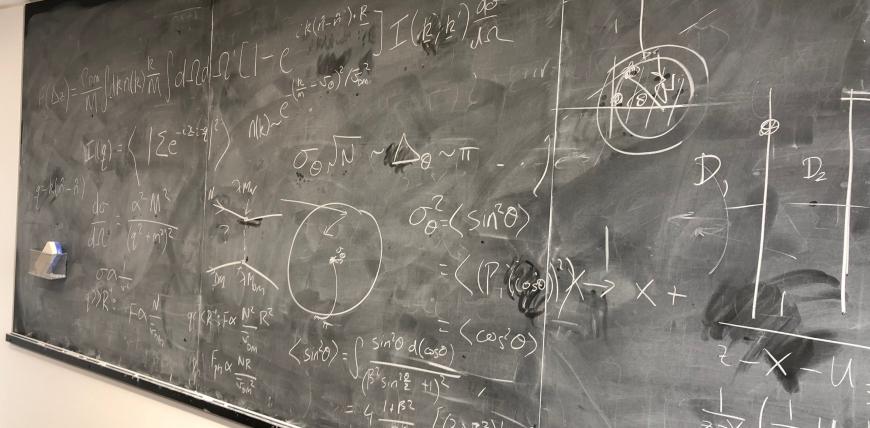
Particle theory
We develop mathematical theories to describe the fundamental properties of nature and explore their implications
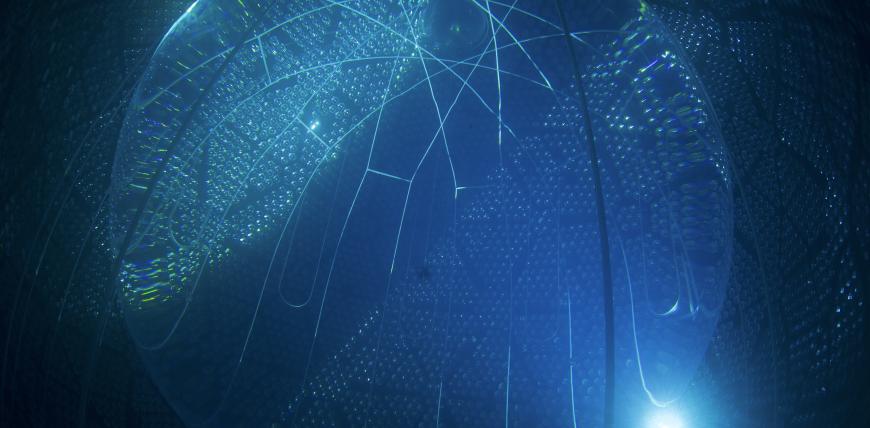
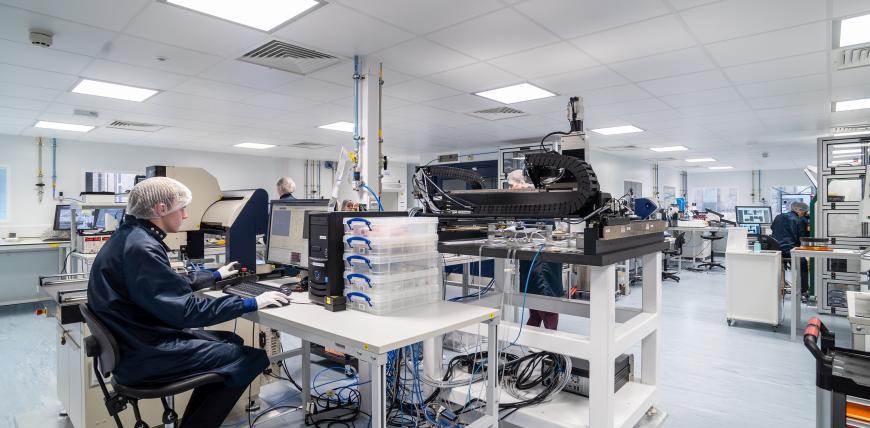
OPMD
The Oxford Physics Microstructure Detector (OPMD) laboratory is equipped with state-of-the-art instrumentation to evaluate sensors in the laboratory before and after irradiation as well as to build detector assemblies.
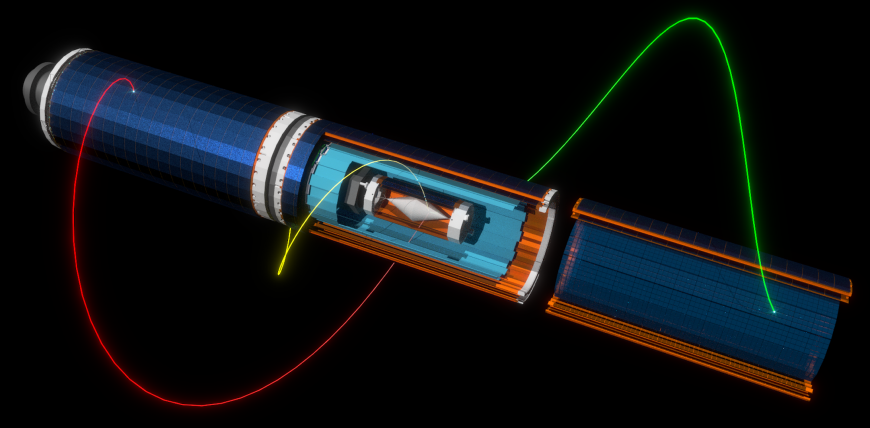
Mu3e
The Mu3e experiment is a new search for the lepton-flavour violating decay of a positive muon into two positrons and one electron.
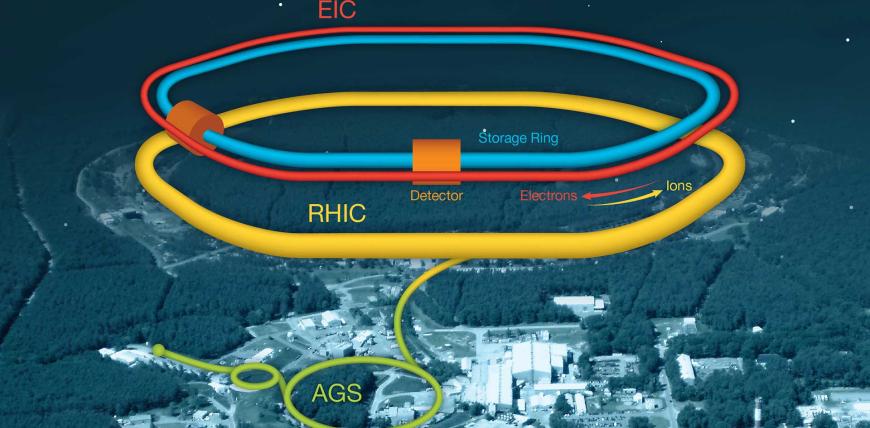
ePIC
ePIC is the Electron Proton/Ion Collider experiment seeking to understand the inner structure of the proton and the force that binds quarks and gluons.
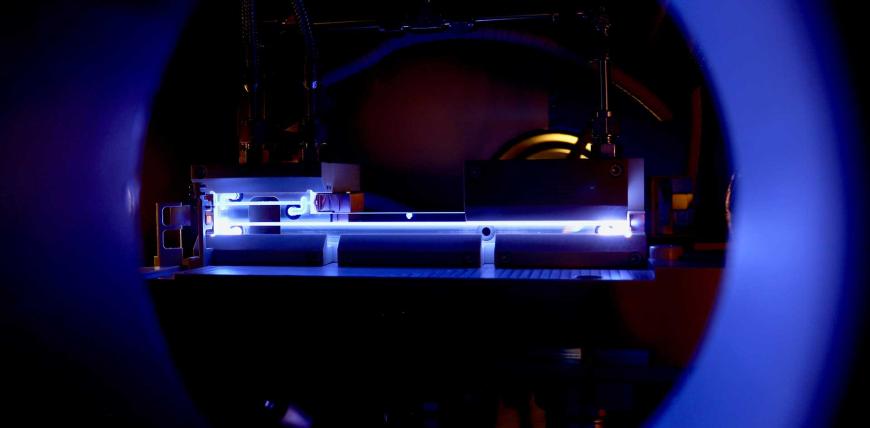
Plasma-Wakefield Accelerator Group
We study beam-driven plasma accelerators and their applications
